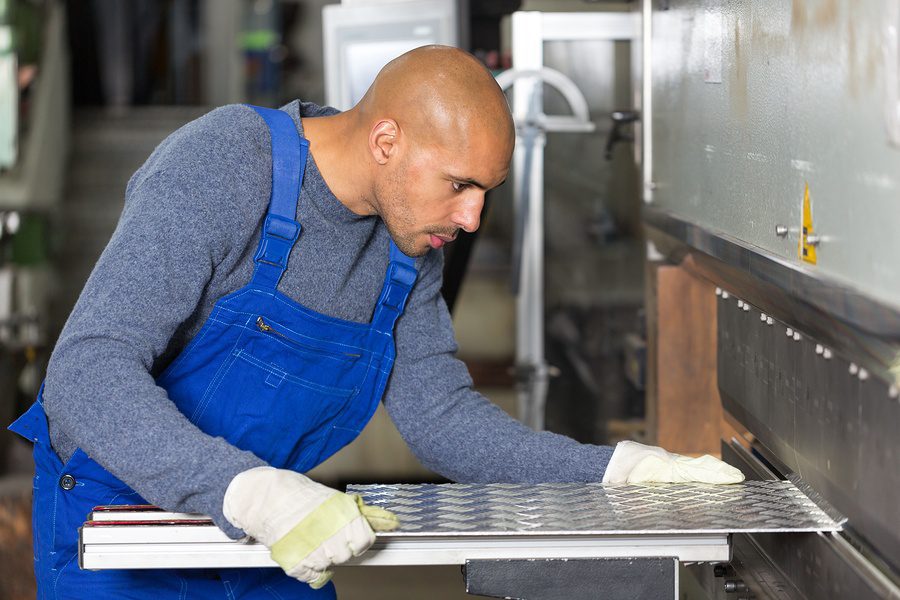What is Structural Steel Cambering and Why is it Used?
The strength and rigidity of structural steel make it a no-brainer for applications requiring tensile strength, and its adaptability makes it a valuable construction material.
One of the less-talked-about advantages of structural steel is its flexibility. This property allows structural steel to be formed, or in this case, cambered, into whatever shape is needed. Even when structural steel is bent out of its most common straight-beam configuration, it keeps all the important properties that set it apart.
For both aesthetic and structural needs, cambering done right can deliver exactly what you need for your next big construction project.

Cambering Structural Steel
First, it’s important to know that when bending structural steel, cambering is the process of curving in the vertical plane; sweep is the term given to curving in the horizontal plane.
All structural steel members typically have some sweep or camber when they roll off the production line. It’s just natural for a process that involves the heating and cooling of steel.
However, that cambering isn’t necessarily noticeable. Acceptable tolerances are an eighth of an inch multiplied by the total length of the beam. For a 40-foot beam, that comes out to about half of an inch. Post-manufacture, there are a couple of different ways to introduce more bend to a length of structural steel through a couple of different methods.
The aptly named cambering machine is used by skilled structural steel fabricators to further bend beams for more camber and sweep to suit any number of applications. The machine secures the structural steel in two places and then uses hydraulic cylinders to introduce bend by applying pressure to a single point. Also called cold cambering, this process can produce structural steel beams with precise curves.
Camber can also be achieved by applying heat to the steel, but this can be a tricky process and is typically only used by steel workers who have a deep knowledge and skill to accurately perform the process. This process also goes by the name “heat cambering,” and takes much longer than cambering via machine. If done incorrectly, the process will produce inconsistent results, which is why an experienced, skilled hand is so necessary

Benefits of Cambering Structural Steel
Sometimes cambering is needed for purely aesthetic reasons, where construction calls for the framework of the structure to bend or arc in certain areas to allow for architectural flourish. However, that’s not the only reason structures may require cambering. There are a number of purposes where cambering is needed to increase structural strength.
One of the more popular applications where structural steel is cambered for support is in a poured concrete floor. Because cambering can increase the weight tolerance of structural steel, introducing a broad, uniform curve across the length of the beam can give the intended structure greater weight tolerance, which can be extremely beneficial in many commercial construction builds.
Knowing the role of cambering in the design of structural steel can make a positive impact on your next project. For more information about our in-house cambering capabilities, contact our professional team of metal fabricators at Swanton Welding. With a solid reputation for both outstanding customer service and a high-quality final product that delivers on all the advantages of structural steel, make Swanton Welding your first call for a quote.

